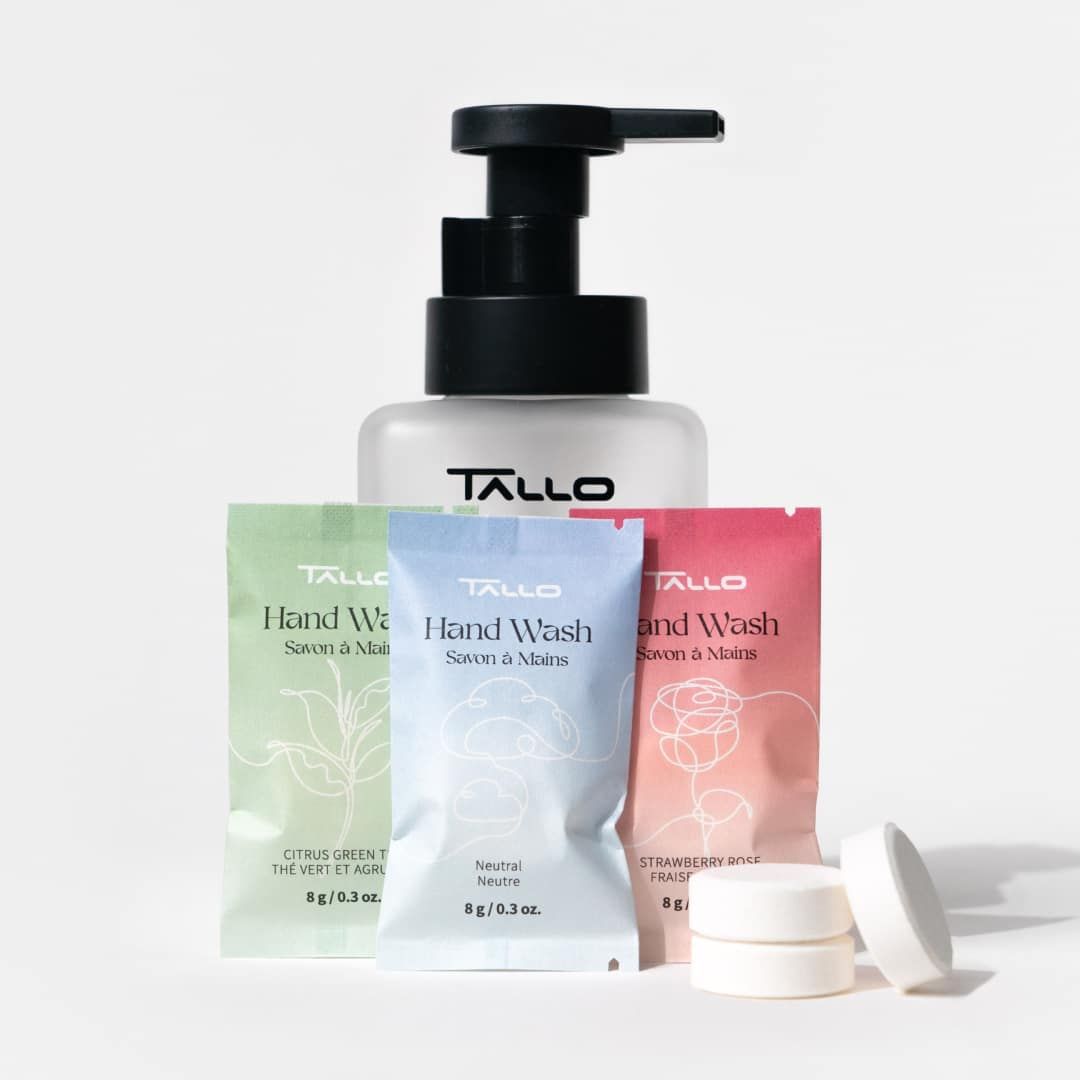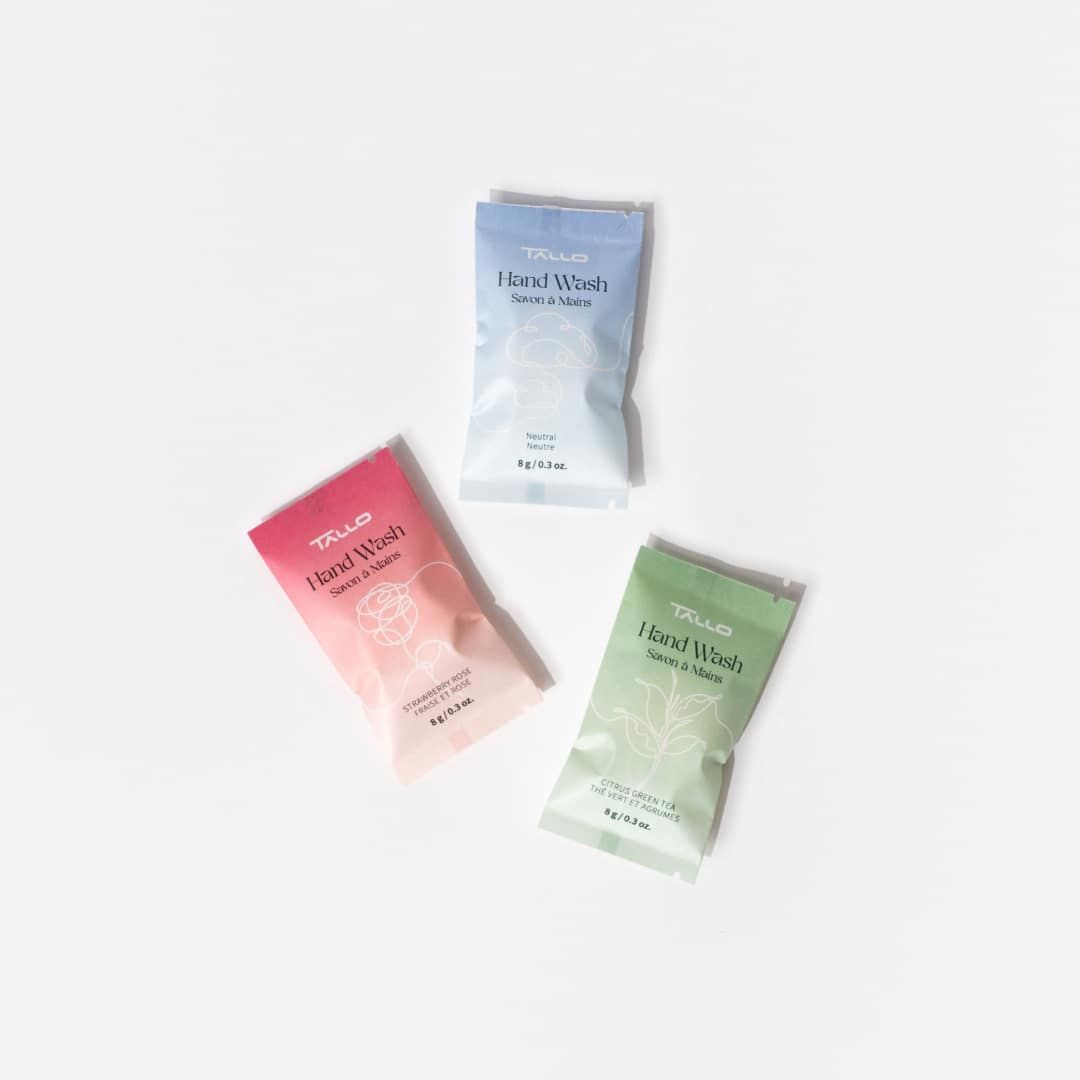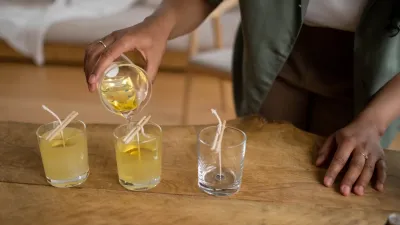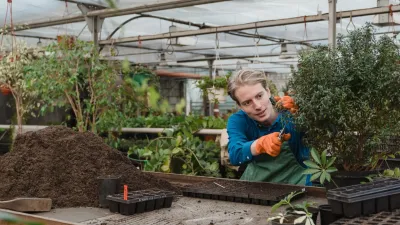17 Personal Care Label Terms You Should Know

When you’re shopping for personal care products, you may notice specific labeling terms on some of the personal care brands’ packaging. For example, on Tallo products, you’ll see terms like, “compostable” and “recyclable.”
But what do these terms actually mean? And what is the difference between the labels that sound suspiciously alike, such as “sustainable” and “eco-friendly”?
We aim to clear up all your labeling questions by defining the following top 17 labeling terms for personal care products.
1. Green
Green is a general term that refers to environmentally friendly products. It’s important to note, though, that being labeled “green” does not mean that that product is manufactured, produced, or used sustainably.
2. Sustainable
Sustainable is a term you’ll see applied to products that are manufactured, produced, and used in an environmentally friendly way.
That’s why when you see the label “green” on a product without “sustainable,” you’re not getting the whole story.
For example, the factory may have wasted tons of water or left a large carbon footprint. Even though the end result is good for the environment, the methods they used to manufacture it were not “sustainable.”
When you buy a sustainable product, you’ll also be able to dispose of the packaging in an environmentally friendly way, such as recycling it or using it for compost.
If a product is just “green,” however, there’s no guarantee that you can do anything with the packaging other than throw it in the trash heap.

3. Eco-Friendly
Eco-friendly is a term applied to a product when it is made with ingredients or components that are beneficial for the environment, or at least won’t harm it.
But according to the Global Ecolabelling Network, this term is not regulated, meaning that any brand can claim their product is “eco-friendly” without having to prove it.
Conscientious brands like Tallo, on the other hand, demonstrate the eco-friendliness of their products by explaining how their products and packaging impact the environment.
4. Linear Materials Economy
A linear materials economy is an economy that “takes, makes, wastes.” In other words, it takes materials from the environment, makes products from it, and then wastes those products by throwing them away when the buyer no longer has any use for it.
5. Circularity/Circular Economy/Circular Materials
Circularity, also known as circular economy or circular materials, is when every product that is manufactured has a regenerative or restorative use. It doesn’t just get discarded and left to rot in a dump.
Furthermore, there is no material wasted during the manufacturing or production process, either. Everything has a purpose, a beneficial impact on humans and their environment. This is the type of economy we champion at Tallo.
6. Biodegradable
A biodegradable product is one that can be broken down over time by bacteria, fungi, or microorganisms and absorbed into the earth.
But you must be careful when you see this label. Even if a product is technically “biodegradable,” that doesn’t mean it’s good for the environment.
It could take years (even centuries) to break down, for example, depending on factors like temperature, humidity, and geographic location. Or it could leave toxins in the earth behind it after the degrading process is finished.

7. Compostable
Compostable products are products that are fully biodegradable under the right conditions, which are provided by humans.
Conditions to consider include humidity, temperature, and the presence of microorganisms which will enable the product to compost properly.
Want to learn how to better take care of yourself and the planet?
Join thousands of people who receive our newsletter with valuable sustainability and personal care content, tips and tricks.
Spam free. Unsubscribe anytime.
When a brand claims that their personal care products are “compostable,” they must describe the location where composting their product is possible (home or industrial system), as well as how long the composting process will take.
For home composting, the compostable products can be combined with outdoor waste like weeds, leaves, and soil.
This mixture should be turned over periodically to help it break down into its basic, organic components. The result can be used in your garden or your lawn to promote a healthy landscape.
8. Recyclable
When something is recyclable, this term means it can be taken to a recycling facility, broken down, and reused in or as a different product or material.
9. Recycled Plastic
If you notice that your product or the packaging on it is made of “recycled plastic,” that means the material is composed of plastic waste that was broken down and remade into a new product.
Unfortunately, the process of recycling plastic isn’t environmentally-friendly or sustainable. For one, many plastics contain toxic materials, and for another, plastics can easily catch fire and easily become completely wasted.

10. Bio-Based
Bio-based is a term given to a product to show that it is made of materials that are sourced from living matter, or biomass. But keep in mind that just because it contains bio-based substances, doesn’t mean that it is safe to use, environmentally friendly, or sustainable.
11. Biodegradable Plastic
Biodegradable plastic is plastic that can be broken down by bacteria, fungi, or microorganisms over a period of time. PBAT and PLA, for example (which Tallo uses in our bubble mailers) are polymers that break down completely over time.
12. Clean
Clean, like green, is another general term applied to a product that is supposed to be safe for humans and doesn’t contain any ingredients that are toxic.
But there are no regulations for this term, so when a brand says their products are “clean,” you should still do your research into the materials they’re using and their sustainability practices.
13. Non-Toxic
A non-toxic label means, not surprisingly, that the ingredients in the product are not harmful or toxic to humans, either at the levels at which they are presented in the product or at any level at all.
However, like many of the other labeling terms in this article, you shouldn’t take this one at face value.
The term “non-toxic” is not regulated by the government, meaning there could still be ingredients or materials of the product that could harm you.
Do your research carefully before buying products that have this label.
14. Organic
When applied to personal care products, the labeling term “organic” means that the product is composed of ingredients that are sourced from plants or animals.
Furthermore, those sources are not grown with chemicals such as artificial fertilizers and pesticides.
Once again, approach products labeled “organic” with caution. According to Harper’s Bazaar, some smaller personal care companies will label individual ingredients on their products as organic without being certified, so they can avoid the expensive certification process.

15. Natural
Natural refers to a product that only contains (or mostly contains) ingredients that occur naturally in the environment. But this label doesn’t mean that the product is safe to use. Some of the most toxic and poisonous ingredients, like arsenic and pennyroyal, come from nature.
16. Naturally-Derived
Naturally derived ingredients in personal care products are ingredients that have been taken from a naturally occurring substance in nature, and then modified.
Depending on how they are modified and the process behind it, naturally derived ingredients may not necessarily be safe for human use or environmentally friendly.
17. Synthetic
Synthetic is a term found alongside ingredients that are manmade and don’t occur anywhere in nature. This doesn’t mean that they are inferior to natural ingredients, however.
Synthetic substances can sometimes have a smaller environmental impact than natural ones, and some of them perform better, as well.
Conclusion

At Tallo, we want you to know exactly what goes into our personal care products, our packaging, and our manufacturing and production processes. We especially want you to know that we don’t use terms like the ones in the above list lightly.
If you ever have a question about any of the labeling terms we use, feel free to review our ingredients and our sustainability practices on our website.













Leave a comment